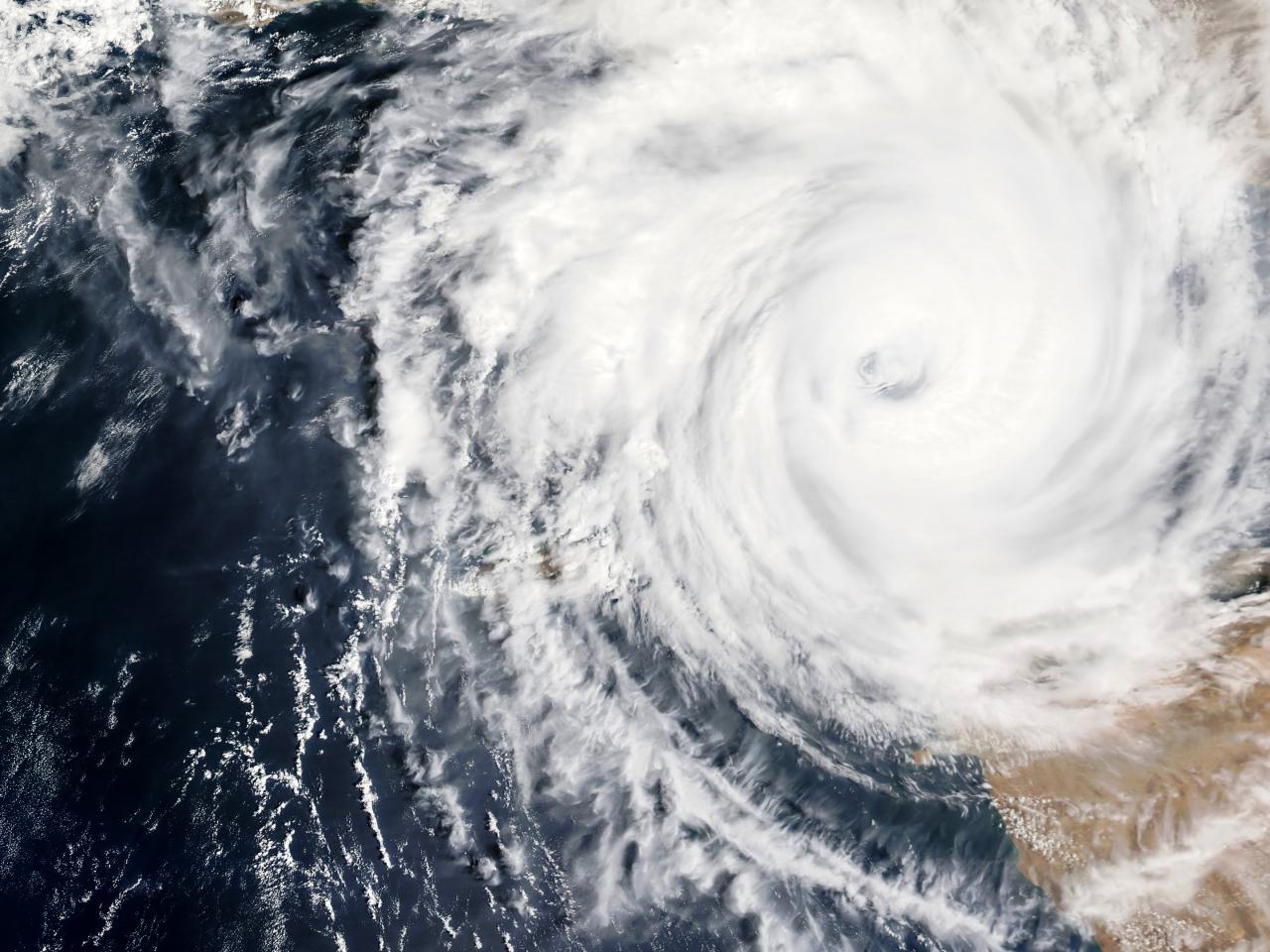Essential Tips for Staying Safe During a Hurricane
Key Takeaways:
- Learn the critical steps to prepare for a hurricane
- Understand the importance of having an emergency kit
- Discover practical tips for safeguarding your home
- Get informed on evacuation plans and procedures
Table of Contents:
- Introduction to Hurricane Preparedness
- Creating a Family Emergency Plan
- Essential Items for Your Emergency Kit
- Securing Your Home Before the Storm
- Staying Informed: Monitoring the Weather
- Understanding Evacuation Procedures
- Safety Measures During the Hurricane
- After the Storm: Assessing Damage and Cleanup
Hurricanes can be both terrifying and devastating. However, with the proper knowledge and preparation, you can significantly minimize the risk to yourself and your loved ones. From having a solid emergency plan to gathering essential supplies, understanding hurricane safety tips is crucial for ensuring your safety.
This guide offers practical advice on how to stay safe during a hurricane, helping you prepare effectively for one of nature’s most potent forces. By following these tips, you can navigate through the storm with confidence and peace of mind. While hurricanes can cause extensive damage, proper preparation can make all the difference in safeguarding your home and loved ones.
Introduction to Hurricane Preparedness
Hurricanes can wreak havoc on communities, causing extensive damage and risking lives. Proper preparation is critical to minimizing these risks. This guide walks you through essential steps for hurricane preparedness, ensuring you have a solid plan before disaster strikes. A hurricane’s winds can exceed 150 mph, ripping apart buildings and uprooting trees. Knowing what to do beforehand helps protect your property and can be life-saving.
Creating a Family Emergency Plan
Creating a plan for emergencies with family is an important early step in preparing for a hurricane. This strategy needs to have a specific meeting spot for the family to gather if they get separated. Additionally, compile a list of emergency contacts and make sure everyone knows how to reach them. Planning should also account for any specific needs, such as medications or mobility aids, ensuring that everyone in the family is accommodated. It’s essential to do dry runs of the emergency plan periodically to ensure everyone understands their role and what they need to do when it comes. Make sure to include plans for your pets, as they need adequate shelter and care during a storm.
Essential Items for Your Emergency Kit
Creating a disaster kit is crucial for being ready for hurricanes. This kit should include enough non-perishable food and bottled water to last at least three days, a first aid kit, flashlights, batteries, essential medications, and personal hygiene items. A well-stocked emergency kit ensures you and your family can get through the initial aftermath of a hurricane without unnecessary hardship. Refer to the Red Cross recommendations for a comprehensive list of recommended items. Consider also including items like a multi-tool, duct tape, and copies of important documents stored in a waterproof container. Wear travel clothing, rain gear, and sleeping bags or blankets. Remember, don’t use baby formula, diapers, or other necessary supplies if you have infants.
Securing Your Home Before the Storm
Securing your home can prevent significant damage and increase safety during a hurricane. Begin by boarding up windows to protect them from flying debris. Creating a disaster kit is crucial for being ready for hurricanes. Trimming trees and securing outdoor furniture can prevent these items from becoming dangerous projectiles. Remember your garage door, which can be a weak point in your home during a hurricane. Use bracing kits to reinforce it if necessary. It’s also wise to unplug electrical appliances to avoid damage from power surges and to move valuable items to higher ground to protect against flooding. Inspect your home’s exterior for potential hazards, such as dead trees, loose shingles, or damaged gutters, and address these issues beforehand.
Staying Informed: Monitoring the Weather
Regularly monitoring trusted weather sources is essential for staying informed about a hurricane’s progress. Websites provide real-time updates on storm paths and severity. Avoid relying solely on social media for information; ensure your sources are accurate and trustworthy. During heightened alert times, periodic checks of these resources can provide crucial updates. Weather apps on your smartphone can also send alerts to keep you informed even if you are away from home. Invest in a battery-powered or hand-crank weather radio to ensure you receive updates even during a power outage. Familiarize yourself with weather warning systems and understand the alerts issued by meteorological agencies, such as watches and warnings.
Understanding Evacuation Procedures
Knowing the local evacuation routes and having a solid plan for reaching a safe location is critical. Keep a digital map and a physical copy of evacuation routes. Familiarize yourself with the guidelines set forth by your local emergency management agency, as these can provide vital information on what to do during an evacuation. In your plan, include alternatives in case your primary route is inaccessible. Also, have a checklist of items to take with you, including your emergency kit, essential documents, and pet supplies. Plan for different scenarios and ensure all family members understand the plan’s specifics. Consider also arranging a communication plan where family members can check in at regular intervals if separated. Keep your car’s gas tank at least half full and have a portable emergency charger for your mobile phone to stay connected on the go.
Safety Measures During the Hurricane
When the storm hits, staying indoors and away from windows and glass doors is essential. Stay in the innermost part of your home or shelter. Use text messages instead of phone calls to keep communication lines open and functional. This can be crucial for contacting loved ones and emergency services. Ensure you have a battery-powered or hand-crank radio to receive updates if the power goes out. Also, avoid using candles as they pose a fire hazard; opt for LED flashlights instead. Stay low, ideally in a basement if possible, to mitigate the risk of flying debris. Keep all emergency supplies close at hand and ensure that everyone stays in a safe area of your home or shelter until the storm has ultimately passed.
After the Storm: Assessing Damage and Cleanup
Once the hurricane has passed, do not rush outside immediately. Check for any official communication indicating it is safe to do so. Be cautious of floodwaters, fallen power lines, and unstable structures when assessing damage. Participating in an organized cleanup effort with neighbors and local authorities can help restore normalcy more quickly. Wear protective gear when cleaning up debris to avoid injuries, and be mindful of potential hazards like sharp objects or contaminated water. Work collaboratively with your community to ensure everyone can recover safely and efficiently. Document any damage to your property for insurance purposes by taking photographs and making detailed notes. Coordinate with local services to remove hazardous waste and abide by local guidelines to ensure the cleanup process is safe and effective.
Keep an eye for more news & updates on Verifiedzine.com






